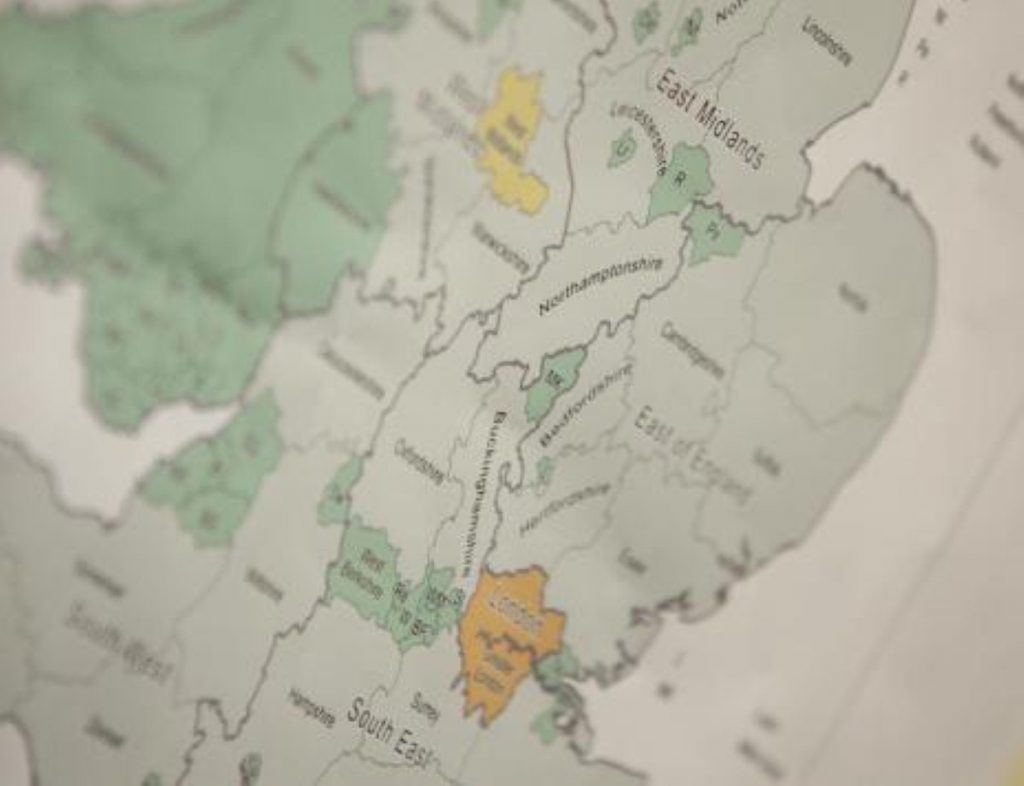The 2020 boundary changes battle is already underway
By Alex Stevenson Follow @alex__stevenson
Westminster is all a-flutter at present about the drastic alterations to constituency boundaries unveiled earlier this month. MPs, playing a giant game of musical chairs as the size of the Commons is cut from 650 to 600, are doing their best to boost their chances. The result is an almighty struggle for survival, currently ongoing behind the scenes.
Even as the plotting and the arguments take place, the battle for the following general election's boundary changes is already underway. This struggle is taking place of the coalition's plans to introduce individual voter registration (IVR), which look set to radically shake up Britain's electoral map once more.
We all knew that forcing each voter to register, by providing some proof of their identity which would be checked by the government, would result in a reduction in the number of voters. In Northern Ireland, which introduced IVR in 2002, nearly 15% of voters disappeared from the electoral register. The government's estimate is that 20% of the electorate – around seven million voters – could end up missing.


Many of these will be the country's most underprivileged and hardest to reach, campaigning groups like the Electoral Reform Society warn. As the Labour party knows all too well, these social groups are more likely to vote for them. So a constitutional shift is, once again, likely to end up benefiting the Tories most. Surprise surprise.
Recent evidence to the Commons' political and constitutional reform committee has highlighted the implications this will have for the next round of boundary changes. Even without this shakeup, the constituencies review for the 2020 general election was expected to be yet another upheaval, simply because of demographic changes over the five-year period. With each seat having to be plus or minus five per cent from the national average, that is expected to require a lot of tinkering.
Even more will be needed once IVR is taken into account. The average constituency size will decrease, of course. But the disparity between urban and rural areas is expected to be a big one – a ten per cent change in rural seats is dwarfed by the enormous 35% shift predicted in urban constituencies. Yet more instability in constituency sizes, then.
There may be trouble ahead. If the Tory-Lib Dem coalition doesn't continue after 2015, the new parliament may take a very different view about these changes.









